La Venaria Reale has been listed as a UNESCO World Heritage Site since 1997, as part of a serial site that includes 22 palaces and villas developed from 1562 onward by the Dukes of Savoy for administrative and recreational purposes. This system of residences was conceived following a radial plan initially designed by Emmanuel Philibert when he moved the capital of the duchy to Turin. His successors, especially Charles Emmanuel I, expanded the network in the 17th and 18th centuries, giving Turin a distinct Baroque identity. The city was organized around a “Command Center,” composed of the Royal Palace as the decision-making hub, surrounded by holiday residences known as the “Crown of Delights,” among which La Venaria Reale stands out as one of the most remarkable examples.
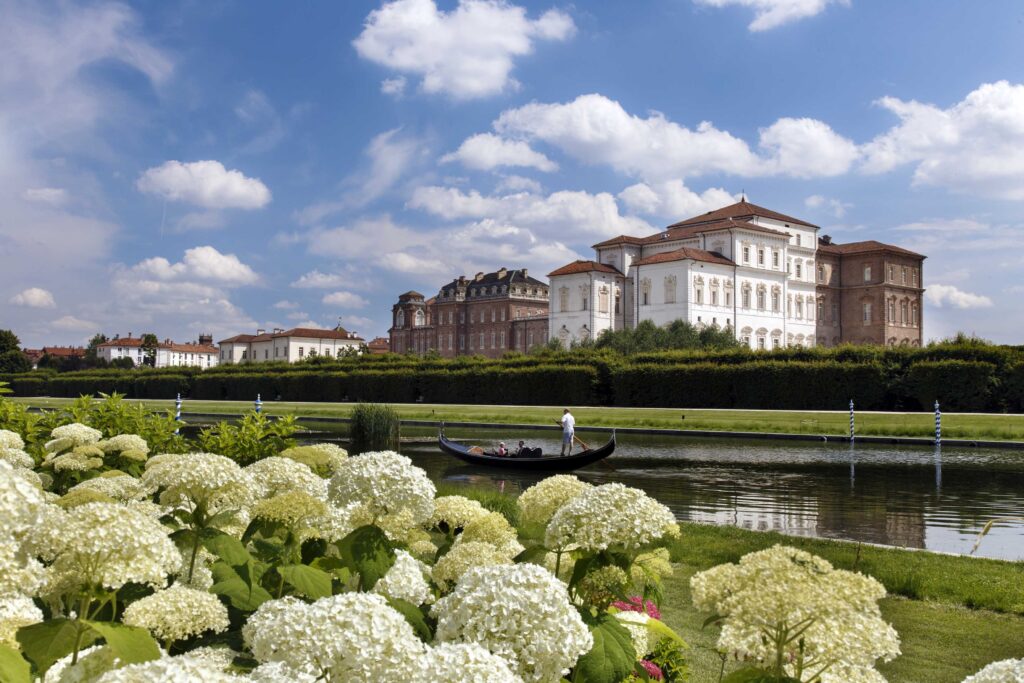
Outstanding Universal Value (OUV)
To be recognized as a World Heritage Site, a location must possess Outstanding Universal Value (OUV)—a cultural or natural significance that transcends national borders. The Savoy Residences meet this criterion based on four parameters:
- Criterion (i): Masterpiece of human creative genius
- Criterion (ii): Exchange of influences.
- Criterion (iii): An important chapter in European Baroque architecture
- Criterion (iv): The real and symbolic control of the territory.
- Criterion (v): Example of human settlement
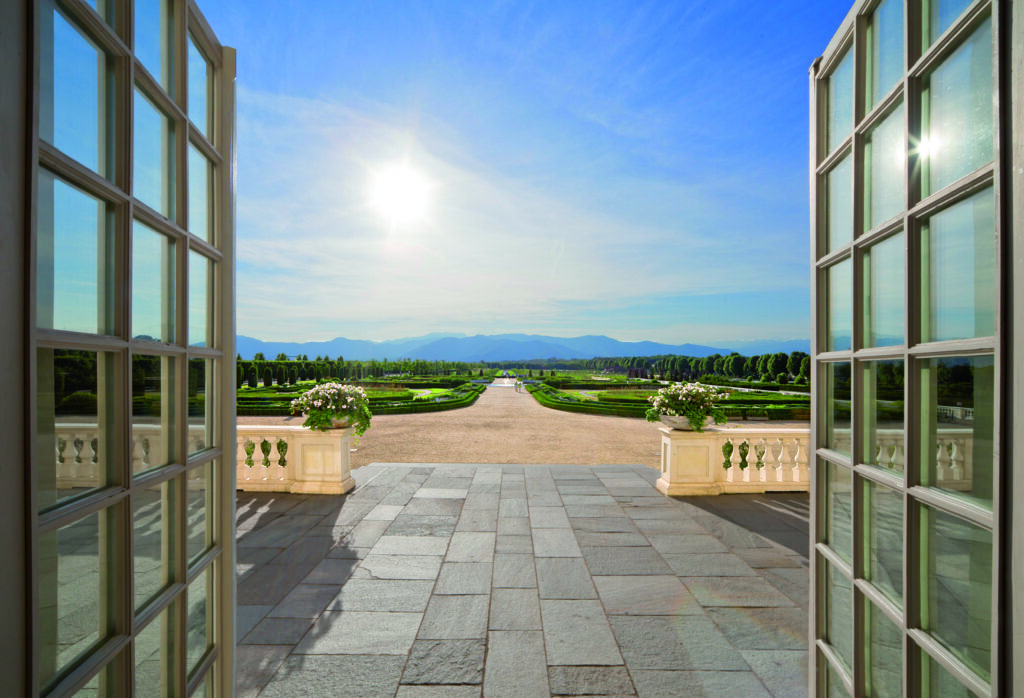
The Birth of La Venaria Reale
La Venaria Reale was commissioned by Charles Emmanuel II in the mid-17th century as a residence for leisure and hunting. The project was entrusted to Amedeo di Castellamonte, who designed a monumental complex blending military rigor with Baroque magnificence, featuring vast open spaces, gardens, and a rational urban layout. The name “Venaria” itself is a reference to hunting (“venatio” in Latin).
The complex included not only the palace and gardens, but also a village (the so-called “city of Venaria”), stables, fountains, and spaces for public events. It was conceived as a self-sufficient microcosm where court life, political representation, rural activities, and hunting coexisted.
Over the centuries—especially by the mid-18th century—La Venaria Reale expanded and underwent significant modifications. Among its greatest Baroque masterpieces are the Great Gallery, the Chapel of Saint Hubert, and the Grand Stables, designed by the Messina-born architect Filippo Juvarra.
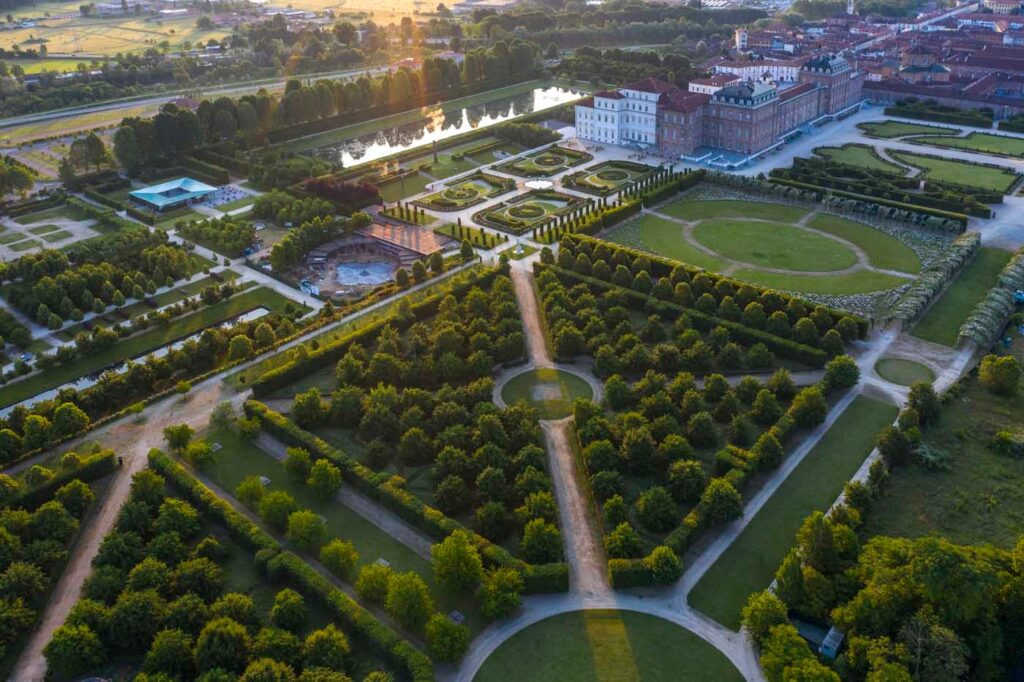
Decline and Restoration
Following the decline of the Savoy monarchy and the Napoleonic occupation, La Venaria Reale was gradually abandoned. Over the next two centuries, it suffered damage, looting, and alterations that compromised its original structure. Used as a military barracks and warehouse, it lost its noble function.
Starting in the 1990s, thanks to a major restoration project supported by the European Union, the Italian Ministry of Culture, and the Piedmont Region, a comprehensive recovery process began. This restoration, which lasted about a decade and concluded in 2007, is considered one of the largest and most significant restoration efforts in Europe.
Today, La Venaria Reale is a vibrant cultural center open to the public, hosting exhibitions, events, and heritage enhancement projects, attracting a large number of visitors annually.
In addition to its architectural and landscape heritage, La Venaria’s collection (based on both its own works and long-term loans) includes every expression of human creativity: statues, tapestries, paintings, drawings, and contemporary artworks.
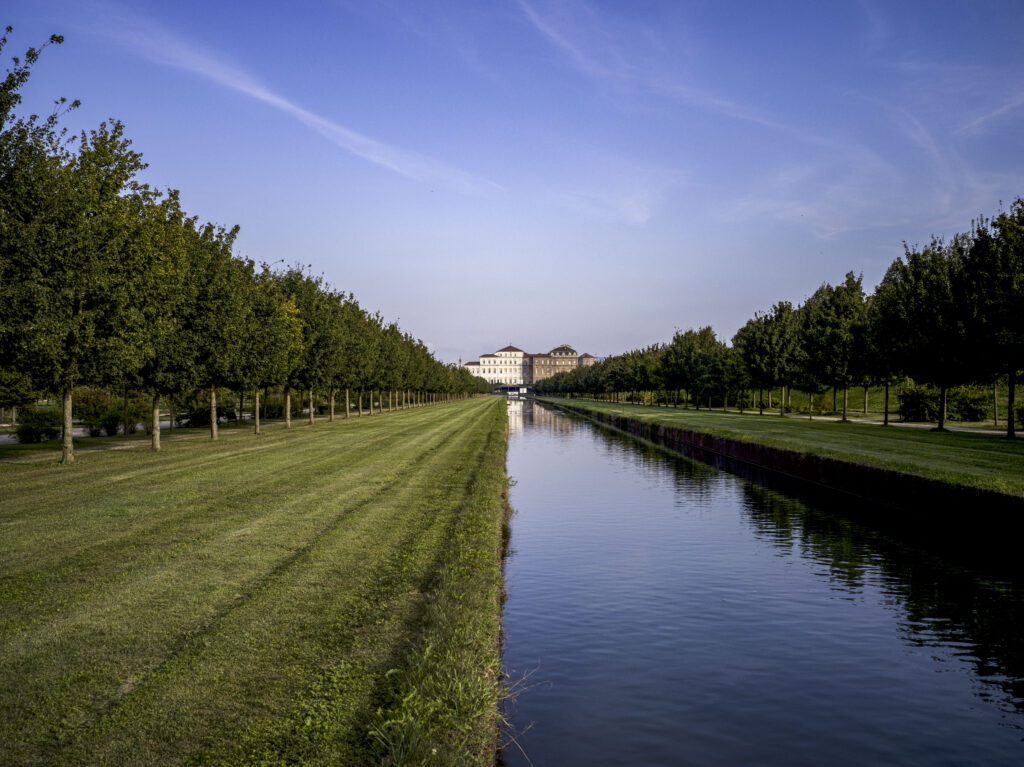
Technological Innovation and the HERITALISE Project
As part of its commitment to intelligent conservation and innovation, La Venaria Reale participates in the HERITALISE project, a European initiative funded by the European Commission under the Horizon Europe program. The project’s goal is to develop advanced digital tools to improve the documentation, preservation, and enhancement of European cultural heritage.
La Venaria Reale is one of the four pilot sites involved in the project, which uses technologies such as:
- 3D digitization
- Data analysis via Artificial Intelligence
- Digital twins based on Geo-HBIM (Geographic Historic Building Information Modeling)
- Interactive platforms using augmented and virtual reality
These solutions enable not only real-time monitoring of the site’s conservation status but also help prevent degradation by optimizing interventions through AI and smart sensors.
La Venaria Reale is equipped with environmental monitoring systems that track key variables such as temperature, relative humidity, air quality, and lighting. Continuous monitoring allows for quick responses to any threats to the heritage, ensuring its durability and integrity.
By integrating collected data with advanced digital technologies, a deep understanding of the complex’s condition is achieved, enabling predictive management through intelligent analysis and digital models.
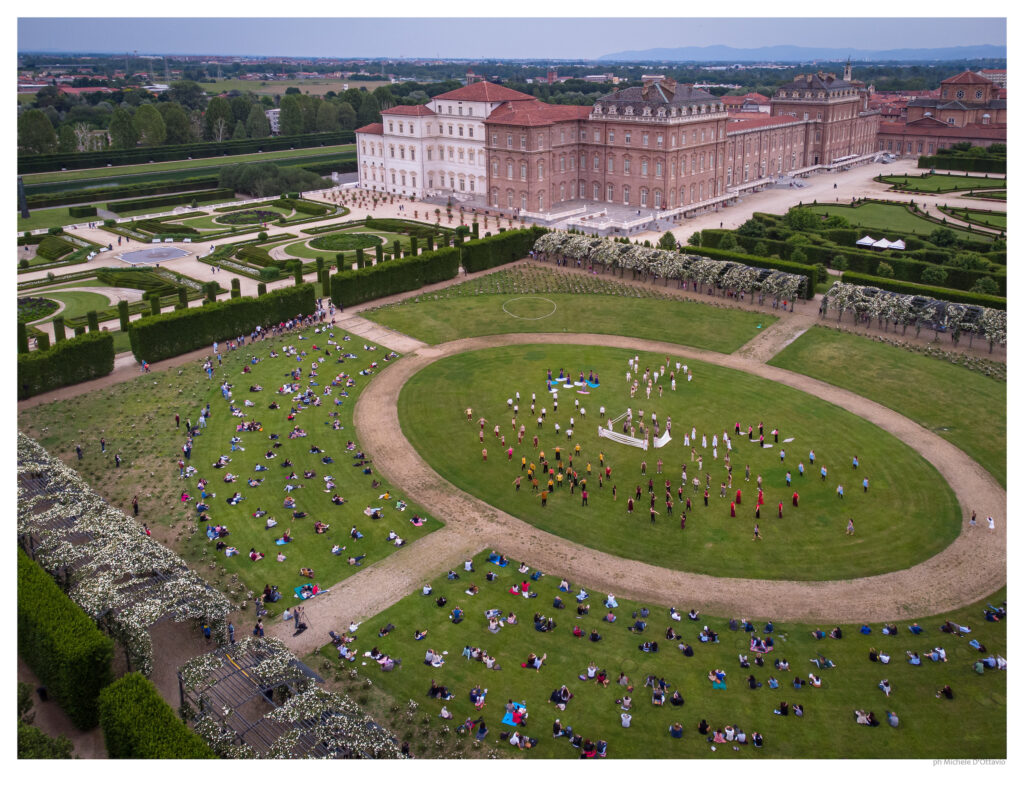
A Vision for the Future
Through these tools, La Venaria Reale not only preserves its historical and symbolic function but also stands as a European model of excellence in the field of digital heritage conservation. Its integrated strategy—combining technology, research, and cultural enhancement—aims to protect the Outstanding Universal Value recognized by UNESCO.
This vision seeks to make heritage understandable, accessible, and engaging for future generations, ensuring historical continuity and cultural innovation.